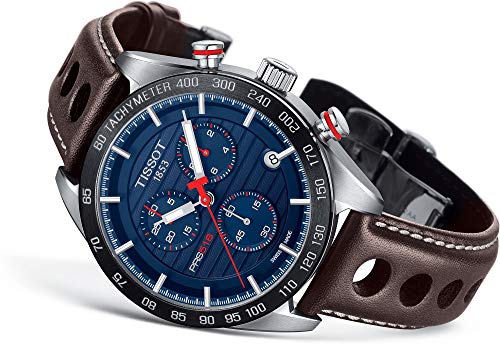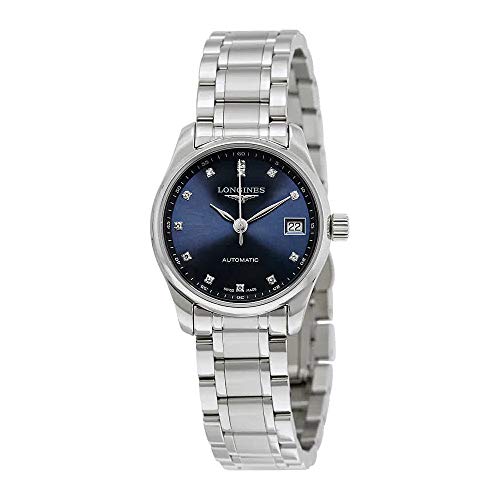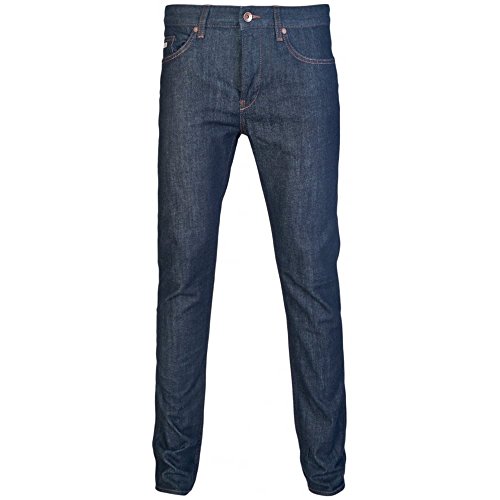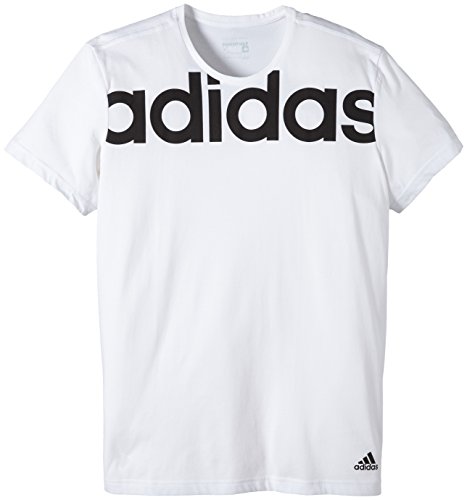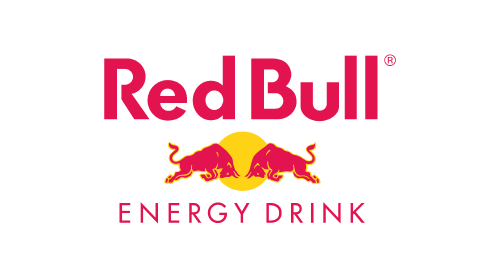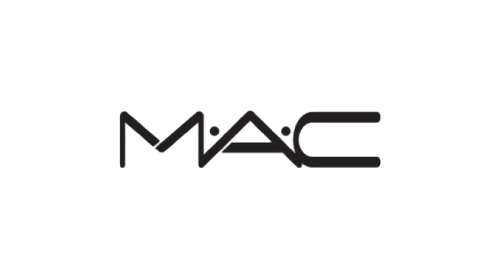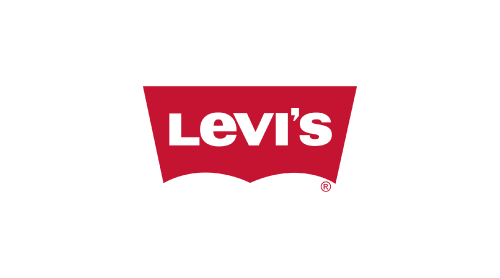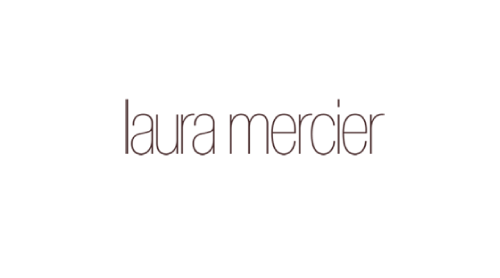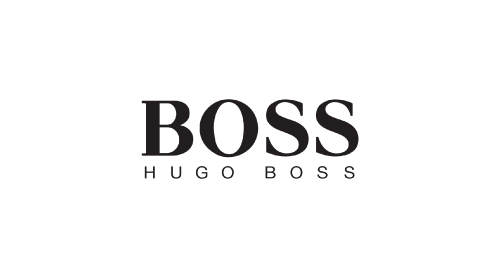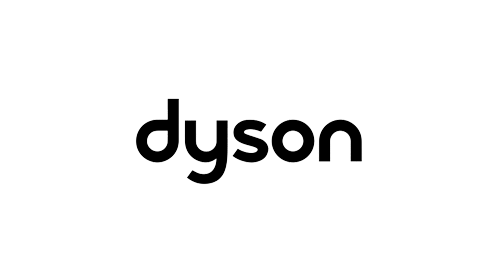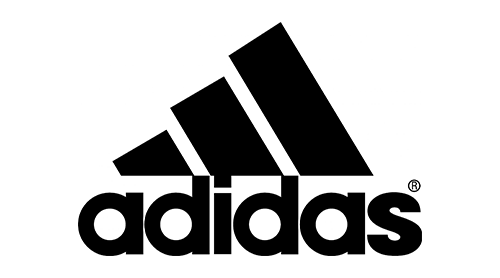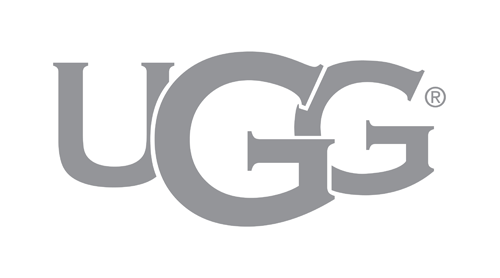Here at WholesaleScout.co.uk we know the idea of buying and selling for a living can be a little daunting especially if you’ve got no previous experience of how to utilise online auction sites like eBay to ensure the maximum return on your investment. Even if you consider yourself an experienced eBayer there are always ways to optimise your auctions to reach more bidders and make you more money. This article will guide you through the process of going from a regular seller to a PowerSeller – so whether you’re new to eBay or a seasoned eBayer looking for advice on maximising profits we’re sure our step-by-step guide will help.
Becoming A Seller
Before you can sell you need to become a seller. Basically to become a successful seller you need to have a good reputation. Reputation is built on feedback comments and ratings as well as your listing’s presentation and your response to questions.
First of all you need to get your feedback to at least 50. This can be done easily – The best way to do this is to buy ebooks or other low value eBay items. Many sellers sell ebooks for as little as £0.01. Buy 50 e-books for £0.50, make prompt payment and leave feedback once you have received the ebook you will then have up to 50 feedback entries that are 100% positive. If a potential buyer sees 100% feedback they’ll trust you as a seller and are therefore more likely to buy from you. Most of the ebooks have full re-sale rights with them so you can re-sell them if you so wish to re-coup some or all of your investment.
Deciding what to sell
Deciding on which product or products to stock and sell is a very difficult process. Your current situation may dictate that you cannot store large items (or indeed any items) or you do not have time to package and mail large volumes of stock. You may be interested in a certain type of product because it’s related to a hobby or pastime you are involved with. Whatever you choose the items you sell must hold your interest; if you have no passion for your product then how can you tempt your customer to buy it?
If you’ve got something specific in mind search our supplier directory and pick out the wholesalers/dropshippers/manufacturers that are most suitable. If you can’t find what you are looking for then tell us! Send an email to [email protected] detailing your product requirements, quantity and order value and our researchers will source the right suppliers for you! If, like many people, you just want to sell anything that’s profitable then WholesaleScout.co.uk can help. We pin-point profitable products in our Latest Deals and Case Studies so that our members can ensure constant access to money making items.
New Products
The plus points for selling new products are obvious and plentiful. Any new products you source from a supplier are in perfect A1 condition, have the latest technology, most modern look and often a hoard of potential buyers wanting the latest item. Due to this competition for selling new products on eBay is fierce and to gain the edge, initially at least, you have to be one of the cheapest sellers around. This often means placing large, high value orders with the best wholesale suppliers resulting in the need for a big initial investment. However if a large initial investment is not a problem then you can certainly make a success in this sector using suppliers from the WholesaleScout.co.uk Supplier Directory.
Refurbished Products
Refurbished products are often a great money maker for the would-be eBay seller. They’re mostly electrical items which develop a minor fault within a year of the customer making the purchase. Due to the manufacturer’s warranty the item gets replaced with a new one and the manufacturer refurbishes/repairs the old one ready for re-sale to the trade. This means that you can re-sell an item with a manufacturer’s warranty (great selling point) for well under the RRP as refurbished items can be bought at below 50% of the normal retail price. The only negative points with dealing in these items is that availability can fluctuate greatly as the stock depends solely on the amount of customer returns. If you’re interested in sourcing these items check out the WholesaleScout.co.uk Supplier Directory where you can find a vast range of refurbished items from pallet loads of kitchen equipment to refurbished iPod Touch MP4 Players!
Second-Hand Products
Often the best second-hand products to sell on eBay are your own personal items or items you’ve bought on eBay with a view to re-selling at a profit. Remember there is a market for nearly every product in your home no matter how small or large – so before you think of throwing something out think; what would this go for on eBay? Don’t rule out selling on items bought cheaply at car-boot sales or charity shops, the best items to look out for in these areas are old products/fashions that are enjoying a resurgence in popularity. There’s also plenty of scope for buying and re-selling eBay auction lots. Many wholesalers auction large job-lots of clothing, electrical equipment, furniture etc. for well below the cumulative value of all the items. If you’ve got space to store and time to sell the items off separately you can certainly be looking at some healthy re-sale profits. You can also capitalise on badly listed items where auctions end well below their market value due to poorly written/spelt titles and ads or poor photographs. If you’re interested in this type of eBay item then take a look at http://www.fatfingers.com/ a great tool for bargain hunters looking for mis-spelt eBay ad titles.
Sell for Others
What about selling items for others and charging a commission? There are some businesses built entirely on this process, think about charging your customers 15%-20% of the auction value after your sellers fees are deducted. You may think in this day and age, where most people have an internet connection, that they wouldn’t be interested in using a third party to sell their items as it’s far easier to sell on eBay themselves. However, around 45% of people who peruse eBay do not have a sellers account (eBay Partner Network stats, Apr 2008) and many people are under the impression that you need decent feedback to command decent auction values. Besides those points the large majority are simply very lazy and would happily have someone sell and mail out their items for a cut of the revenue. Test the water by asking a few of your friends and family whether this service would appeal to them and work from there – the best form of advertising is word of mouth so if you ensure you provide a good service for your clients you will definitely gain repeat business and new customers. Buying from eBay with
Intent to Sell – Hints, Tips and Tricks
Spelling Mistakes
Many eBayers new and experienced spell words incorrectly. If no one can see the listing through eBay search then no one will be able to bid.
For example if a sellers auction reads ‘Brand New Palystation 3 In Box’ then it will not be found if you search ‘Brand New Playstation 3’. WholesaleScout.co.uk recommends using http://www.fatfingers.com/ to find these mis-spelt auction gems. FatFingers is a free search engine where you simply type the item you are after into the search box followed by highlighting the area of eBay you wish to search (ie UK, .com, AUS…), FatFingers then searches eBay’s live auctions for all various mis-spellings of that particular item automatically. You’ll be surprised at how many badly spelt listings it brings up and the money you could potentially make from capitalising on such auctions. Listing Ending at Irregular Times
The best time to list items on eBay is when there are the most people searching it. We suggest to our members that they should list their items between 7pm and 9pm as this usually means come auction ending time you’ve got maximum bidder exposure. Some eBayers choose to list items first thing in the morning when nobody is up, late at night when people are asleep or when the majority of people are at work or stuck in rush hour traffic. These auctions can be profitable for the re-seller.
Look for items with no reserves and few bids. Items that are listed at irregular times with slightly higher starting prices are the ones to go for – as the items with low starting prices attract more attention and tend to trigger bidding wars.
The Brilliant Stealthbid Tool –
There is a tool that we at WholesaleScout.co.uk recommend for making the most of these misspellings and irregular listing times, it’s called Stealthbid. To use it all you have to do is enter the eBay item number and the maximum price you are willing to pay, Stealthbid simply waits until approximately 20 seconds before the auction ends and puts in your maximum bid.
Click this link for a free trial – http://www.stealthbid.com/clientaccount/account.aspx. This programme is a great tool for the serious eBayer allowing you to place bids on auctions simultaneously or giving you the freedom to be away from your PC whilst various auctions you’re interested in are ending – after all no-one wants to be chained to the computer!
Research Your Market
Once you’ve scoured the WholesaleScout.co.uk Supplier Directory or exchanged emails with one of our research staff and found the suppliers/distributors you need to get started we recommend that you research the market in which you will be trading. The best way to do this is to use eBay’s advanced search for completed listings. You can then type in the product you’d like to research and it will show you all the items that have been for sale and what price they sold for. We always recommend the use of the completed listings search as it gives a clear indication on any product’s current value in the market. Using this search feature as a research tool can also give you an idea of which auctions are performing the best. You may find that certain descriptions, auction layouts or items listed at a certain time repeatedly achieve a higher sale value. Once you’ve found the best performing auctions you can obviously replicate this to ensure you get maximum revenue for your own listings.
Know Your Selling Costs
Unfortunately there is one downside of using the world’s favourite auction site – the fees. Not only do you need to pay a small fee for listing an item but you also have to pay eBay a percentage of your final sales value. Additionally if you plan on taking your payments via PayPal (this is the easiest way when selling through eBay) you will need to budget for them to take a small percentage of your sales figures for handling any transactions. When doing your market research you need to account for the kind of fees you will be paying on each auction and ensure it doesn’t affect your products profitability. As a quick rough guide we always say that averagely you will have to pay approximately between 9% (for higher value items £100 upwards) and 14% (on lower value items below £50) of the final selling price in eBay and PayPal fees. There is more information available on eBay and PayPal fees on the following links;
- http://pages.ebay.co.uk/help/sell/fees.html
- https://www.paypal.com/us/cgi-bin/helpscr?cmd=_display-fees-outside
What if my items don’t sell first time? – It is likely that not all auctions will sell so make sure you use the re-list feature. Go to Unsold in ‘My eBay’ and click re-list. You can change the title, description, lower the starting price and still get the re-listing free if it sells. Although you cannot make the starting price higher!
Top Tips For Saving Money On Fees – Always list items on the promotional reduced listing days – this can save a lot of money and it is all profit. eBay will email you with prior notice when a free or reduced listing day is approaching so keep an eye out for them! Usually there is a different promotion once a month. However you must make sure you always read the terms and conditions so that your listings fall within the reduced listing criteria of that particular promotion.
– Ensure you can take as many payment methods as possible as not everyone has a PayPal account. You can offer to take payment via postal order, cheque or cash on collection. You’ve only got to take a look at the fees PayPal charge to see the additional profit that can be made by being flexible on payment methods.
Tips and Hints on Selling to Make Maximum Profit
- Always list your item with at least one gallery photo (£0.15 eBay listing extra – well worth the additional expense).
– - eBay’s busiest periods are between 7.30pm and 9pm on weekday evenings – this is largely due to most people are online after they’ve finished their 9-5 job, had dinner etc… So we recommend, in order to get maximum bidder attention, that you list your items between the two aforementioned times. This will ensure you get the most efficient performance out of your listing and as many people as possible are avidly watching and bidding come auction end time.
- Ensure that you have described your item title accurately allowing as many people as possible to find it using the eBay search facility. Think about what you are selling and what people would type in to find it. If potential customers cannot find your item then how can they buy it? Don’t be afraid of using the full character allowance for the title of your product – the more relevant search words you can enter the more buyers will find your listing. Also try to entice people to click on your item use catching words like brilliant, excellent, mint, superb, sought after, rare etc.
- Once a customer is viewing your listing you need to get them to the checkout, list the advantages of your product within your auction page, specifications, special offer, pictures. Remember you are a professional. Be professional in every aspect of your business. If you had a high street store with a nice enticing exterior then you would expect the inside of the store to be high quality and informative – that’s what has to come across in your auction listing.
- Offer a 7 day money back guarantee. Have confidence in your product. This builds your customers confidence and this will encourage them to commit to buy.
– Ensure that the photos you take of your product show the product to its full potential. A poor quality photo will easily put potential customers off.
– A great mail marketing technique is to use the completed listings search facility to search out auctions of similar products to yours. You can then view the bidders that didn’t win and message them to let them know you’ve got a similar item for sale. - Start using http://www.auctiva.com to list your auctions – It’s another brilliant free program and it saves you £££’s on eBay additional feature costs. It has several great features which allow you to; save template auctions, have a background on your listings, have approximately 8-10 photos of your item, schedule your listings on a timer so you don’t even need to be on a PC when they go live and best of all – it’s completely free! You still have to pay the basic eBay auction listing fee but can have all this extra functionality for no extra charge. If you’re serious about eBay selling then this site will be an essential tool for you – not only to save you money on listing fees but to help convert those eBay browsers into sales.
How should I receive money?
This is completely down to you as it depends on what you are most comfortable with however obviously the more methods of payment you except the more people will want to buy from you. Here’s a list of the pro’s and con’s of each of the main payment methods:
| Payment Method | Advantages | Disadvantages |
| PayPal | Instant payment, secure, most eBayers are used to making transactions via this method | Fees are payable. PayPal charge around 3% of the transaction value + £0.20 on top |
| Cheque | No fee applicable | You have to physically take a trip to the bank to cash it in, the funds take around three working days to clear, the cheque could bounce |
| Postal Order | No fee applicable, funds clear instantly when banked, cash in hand | You have to wait to receive it in the post, you have to physically cash it in at the Post Office |
| Cash | Instant verified payment once received, don’t have to bank it or worry about it bouncing | Have to wait for the person to physically come to you to hand over the money, may put some buyers off due to the logistics of delivering cash, will restrict your buyers to just those willing to travel |
Despatching Your Items
- Before despatching any item check that the product is in full working order – remember you have probably opted to advertise that you give a full product refund. This will ensure that you avoid returns which cost time and money plus product quality and functionality will only improve your feedback.
- Think about your packaging. You need to ensure that you protect your items against any courier damage that may occur in transit but also ensure that you’re doing so in a cost-effective way. Your profits are vital so buying good quality packaging at an affordable price is very important. Remember that the packaging is the first thing your buyer will see and first impressions can help form a lasting opinion of you as a seller. If you think you will be despatching large volumes of similar sized items then buy your packaging in bulk – eBay is a great place for this as there are lots of good sellers specialising in providing great value in this field and as an added bonus you get more positive feedback!
- Perhaps include a thank you note in your packaging with your logo and contact details on. Not only does this look professional but will encourage repeat business for you.
- Send a message to your buyer to keep them informed of when you will be sending the item out. Thank them for their purchase in your correspondence.
- Get some business cards printed and send them along with every item you mail out. They don’t need to be expensive in fact you can get them for around £10 from http://www.vistaprint.co.uk. Again this makes you look professional and gives your happy customer an easy way to refer then friends to your products.
- If you decide to sell a consistent regular range of products you could also include a price list with details for some of the other items you have on offer – once you have the customer’s attention use this opportunity to sell more to them.
Leaving Feedback
Never leave feedback until a customer has left feedback for you. As a seller your feedback is your reputation and you must keep this intact. If you leave positive feedback for your buyer before they leave feedback you are vulnerable. The buyer could then leave you negative feedback and you would not have a leg to stand on, remember the buyer’s feedback will be important to them too. No one wants to do business with an eBayer with poor feedback ratings.
If you wait for the buyer to leave feedback then you can act on their feedback, if it is bad then you can leave them negative explaining the situation to anyone perusing your feedback comments. Try not to get emotional when leaving feedback and never be nasty or offensive about the situation – remember you are a professional seller and you must maintain this at all times.
If a situation arises try to use it to say something good about your operation and how you react to customer problems. Put something like – “Unfair comment, we provide a full product refund with all products”. Now you can contact your buyer and explain that you can refund/exchange the product for them and you are sorry for their inconvenience caused.
Explain how important it is that you offer a great service to your customers, that you take eBay very seriously and your feedback rating is of utmost importance. Then ask them to mutually withdraw the negative feedback using eBay’s mutual feedback withdrawal form. It’s within both parties interest to remove the negative feedback so if a situation like this arises it’s easily rectified if you can come to some agreement with your buyer. There’s more information on eBay’s feedback policies on the following page – Ebay Feedback
Summary
Now you have got enough information to really get started and make a success of your business. Whether you choose to work with suppliers found in our Supplier Directory or suppliers that our researchers have discovered by your request, WholesaleScout.co.uk will be on hand to help you every step of the way. Be sure to keep checking our Case Studies for the latest popular and profitable products and login regularly to read our regular Trading Advice articles as these provide a wealth of information and are useful even when you’ve become a seasoned eBay PowerSeller. For the future success of you and your business we suggest as part of your planning you set yourself some goals to achieve – this will give you something to work to and focus on. Set down targets on what you want to achieve in one month, then three months, then six and so on. If you consistently work to achievable targets and aim to surpass those targets you will ensure the continual improvement and growth of your operation. There will be problems on your journey as there always is with running your own business and you must be prepared to face and overcome these problems and remind yourself as to why you started your organisation in the first place. If you keep to these values and maximise your use of the great wholesale suppliers on WholesaleScout.co.uk we’re sure you’ll succeed!
